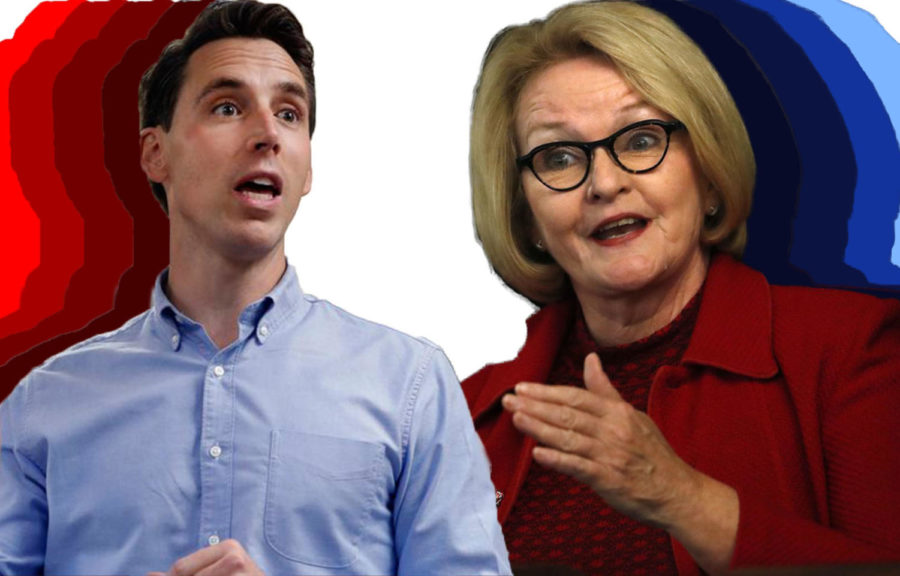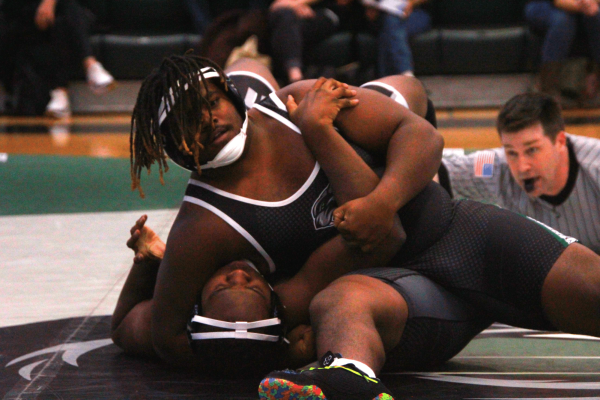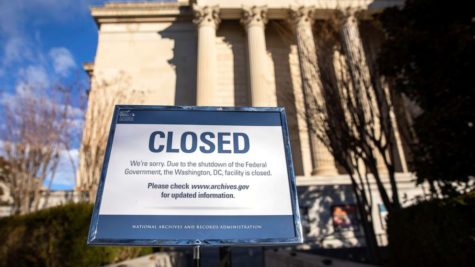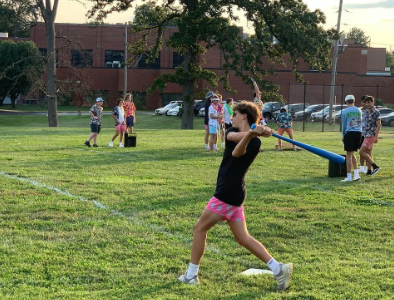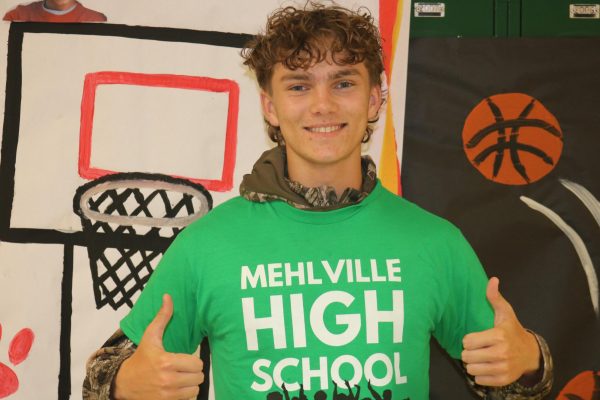Breaking Down the Midterms
On Nov. 6, millions of Missourians gathered to cast their ballot. From weed to wages, there were many issues to vote on this election. Schools, churches, and many other locations found themselves being used for another purpose. Media outlets eagerly awaited the results of this election, due to the impact it could have on this controversial administration.
One of the hot topics this midterm was the Senate race. Political advertisements about the two candidates, Claire McCaskill and Josh Hawley, took over media. From YouTube to TV, it was impossible to avoid them.
McCaskill was the Democratic incumbent for one of Missouri’s two Senate seats. The other seat, belonging to Roy Blunt, is up for re-election in 2022. McCaskill was first elected into office back in 2006, and served as Senator since.
Prior to his bid for the Senate, Hawley served as the Attorney General for the state of Missouri. He received criticisms from both sides of the aisle for running for Senate so soon after being elected as Attorney General. Regardless, the Republican candidate received endorsement from President Donald Trump.
McCaskill’s Senate seat was considered one of the most vulnerable to flipping, and rightly so. Many political ads against McCaskill focused on McCaskill’s more liberal views, claiming they were “out of touch” with the Missouri public. Voters appeared to agree, as Hawley ended up victorious by a significant margin. According to The New York Times, Hawley earned 51.5 percent of the vote, a six point lead from McCaskill’s 45.5 percent.
The race for the House of Representatives received far less attention. Eight House seats were up for re-election. The race for District 2 was between incumbent Ann Wagner and Cort VanOstran.
Wagner has served for Missouri’s Second Congressional District since 2013. Her opponent, VanOstran, is a former teacher and attorney. Although the House of Representatives was taken over by Democrats, Missouri failed to catch the blue wave. Wagner remained in her House seat, gaining a roughly four percent lead over VanOstran.
Another hot topic was the legalization of medical marijuana. If passed, Missouri would follow in the steps of thirty other states which allow the controlled substance for medicinal purposes.
Although all three vary in content, all would legalize growing, manufacturing, selling and consumption of marijuana products. Patients and caregivers could then apply for licenses to prescribe and consume such products. Separate licenses would need to be acquired for those looking to grow and sell marijuana as well.
Out of the three ballot measures pertaining to marijuana, Amendment 2 was the one that passed. It would allow for the home-growing of marijuana. Patients would be granted up to six plants, while caretakers could grow up to sixteen. Sales would be taxed at four percent, and all proceeds would go to fund veteran healthcare. This care for veterans became a focal point for political ads.
Amendment 3 was far more controversial among voters. With its proposed sales tax of a steep 15 percent, the highest in the nation. The tax revenue would be spent on a Biomedical Research and Drug Development Institute run by Brad Bradshaw.
One area of concern for voters was the lack of oversight for Bradshaw and this funding. KSDK estimates that it would have generated more than $66 million in revenue annually. Some were skeptical of this large amount of money all going to Bradshaw, and voted no for this reason.
“It was super shady with a huge tax all going to one particular person in Springfield.” said Erin Rekosh, science teacher.
Although it appears similar at first glance, Proposition C varies greatly from Amendment 2. The two percent sales tax under Prop C would be split between funding veterans’ services, drug treatment, early childhood education and public safety for cities with a medical marijuana facility. Home cultivation would be prohibited under this proposition, and its title as a proposition leaves it vulnerable to change.
Proposition B was approved by a landslide. Ballotpedia reports 62.27 percent of voters voted “Yes” to increasing the minimum wage. This change won’t occur all at once. It will increase each year until reaching $12 in 2023. Statewide changes to the minimum wage were necessary for voters looking to increase the wage at all. In 2017, the Missouri State Legislature passed House Bill 1194 that would prevent individual municipalities from increasing their minimum wage beyond the state’s minimum.
All in all, this midterm was a monumental one. Missouri joined dozens of other states in legalizing medicinal marijuana and voted to increase the minimum wage. There is a dissonance between the more liberal approved measures, while candidates like Josh Hawley saw victory on a federal level. It all speaks to the complexity in beliefs and values that are held by Missourians.

Stacey Rojas, a senior at Mehlville High School and is part of the Journalism II team as a design editor. She enjoys playing video games and watching Criminal...


